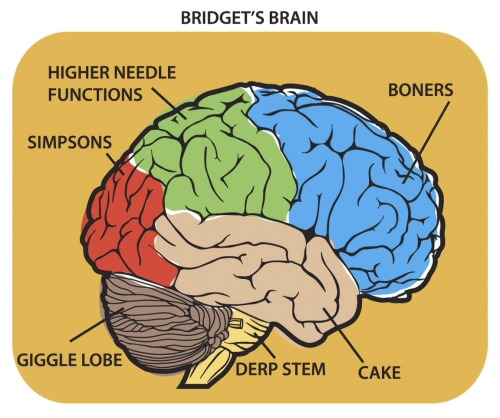Some Known Details About Decoding Artistry: Investigating the Neurological Roots of Creative Expression

Inside the Mind's Canvass: Finding out Where Innovation Lives in the Brain
Creative thinking is a fascinating component of individual knowledge that makes it possible for us to think outside the box, come up with ingenious tips, and convey ourselves via several artistic forms. Whether it's paint, writing, or composing music, creative thinking plays a crucial duty in molding our community and lifestyle. But have you ever asked yourself where creative thinking stays in the brain? What occurs inside our minds when we engage in creative activities? In this article, we will certainly explore the nerve organs mechanisms responsible for innovation and explore into the fascinating world of the thoughts's canvass.
The innovative method is sophisticated and includes various locations of the brain working all together in consistency. Neuroscientific analysis has revealed that creative thinking entails a fragile equilibrium between different intellectual feature such as creativity, mind, interest, and reasoning. Through understanding how these functions socialize within the human brain, we can easily acquire insights into where creative thinking lives.
One of the crucial human brain regions connected along with innovation is the prefrontal peridium (PFC). The PFC is responsible for higher-order cognitive feature such as decision-making, problem-solving, and program. It acts as an executive command facility that manages other human brain areas included in innovative thinking. Researches have presented that individuals with even more active PFC have a tendency to exhibit higher degrees of artistic thinking.
An additional area included in creativity is the default setting network (DMN). The DMN is a system of human brain regions that comes to be active when our thoughts are at remainder or involved in inside focused tasks such as fantasizing or envisioning potential scenarios. This network promotes concept creation through allowing various locations to correspond and develop brand new hookups. It has been suggested that interruptions within this network can lead to lessened creative potentials.
The hippocampus also plays a critical task in creative thinking through combining information coming from various sources and creating affiliations between them. It functions as a hub for moment processing and access, enabling us to draw upon previous experiences and expertise when engaging in creative tasks. Studies have revealed that individuals with much better memory capacities usually tend to be more creative, highlighting the importance of the hippocampus in the innovative process.
Moreover, the parietal cerebral cortex has been implicated in creative thinking. This area is entailed in spatial processing and attentional control, enabling us to center on relevant info while filtering out disturbances. It aids us connect diverse ideas and help make unique affiliations, a basic facet of imaginative thinking.
Fascinatingly, research has suggested that creativity is not solely reliant on details mind regions but instead on the vibrant communications between them. These interactions happen within what scientists contact "mind systems," which are like motorways connecting different brain locations. Neuroimaging research studies have revealed that extremely creative people show better connection within these networks, suggesting a lot more effective interaction between brain locations involved in creativity.

Additionally, neurotransmitters such as dopamine and serotonin participate in a critical function in modulating creative thinking. Dopamine is linked along with benefit and incentive and has been connected to enhanced imaginative thinking. On the other palm, serotonin impact mood and mental conditions, affecting our capability to think creatively.
While we have helped make significant progression in understanding where creative thinking resides in the human brain, there is still a lot to discover concerning this intricate phenomenon. Potential research study using sophisticated neuroimaging procedures and impressive experimental style will certainly likely lost more light on the neural systems behind innovation.
In final thought, ingenuity arises coming from a delicate interplay between several brain locations involved in creativity, memory access, attentional command, and intellectual flexibility. The prefrontal cerebral cortex acts as an corporate management facility, working with other brain places during the course of creative tasks. The default mode network facilitates tip generation through permitting various locations to correspond properly. The hippocampus integrates details coming from previous experiences to develop new connections during creative thinking processes. This Is Cool aids us help make novel affiliations through filtering out interruptions and focusing interest on relevant information. In general, understanding where creative thinking dwells in the human brain provides valuable ideas in to how we can nourish and boost our very own creative capacities.
